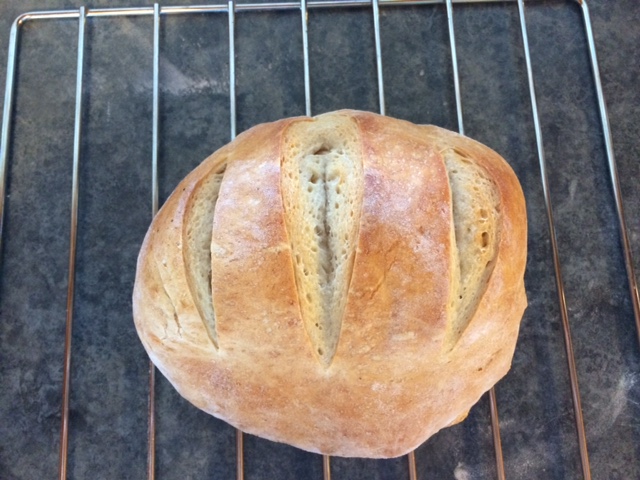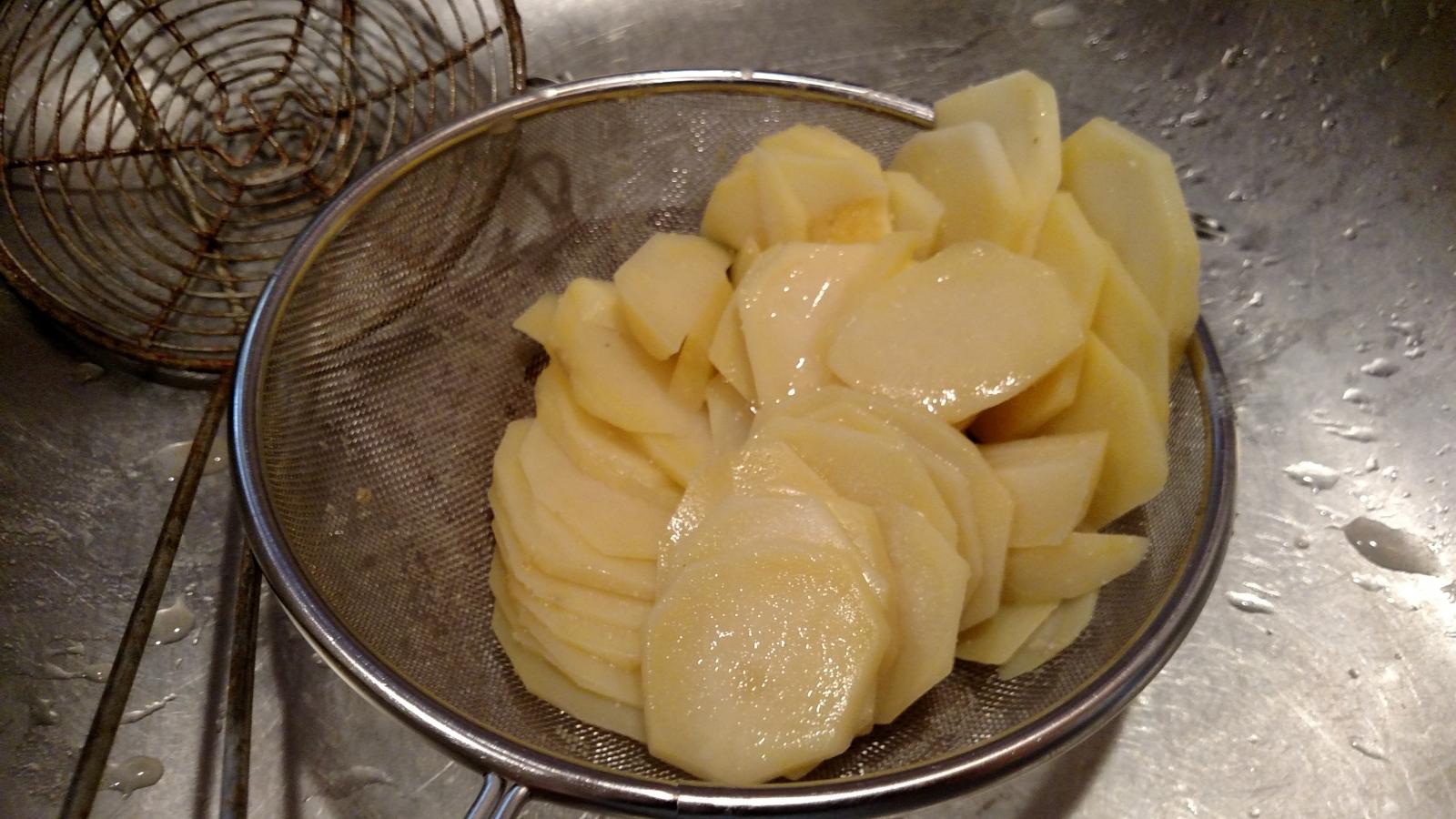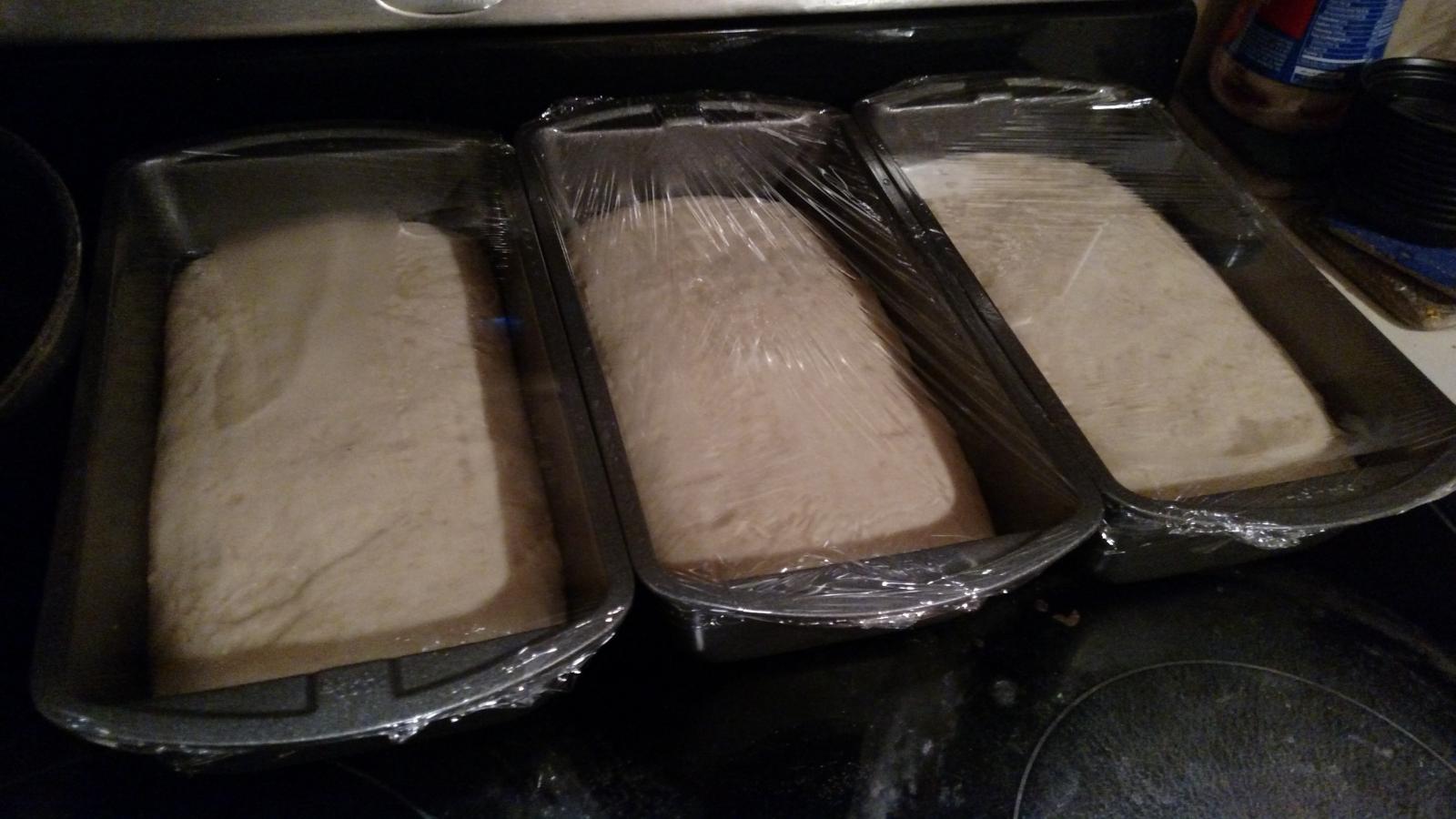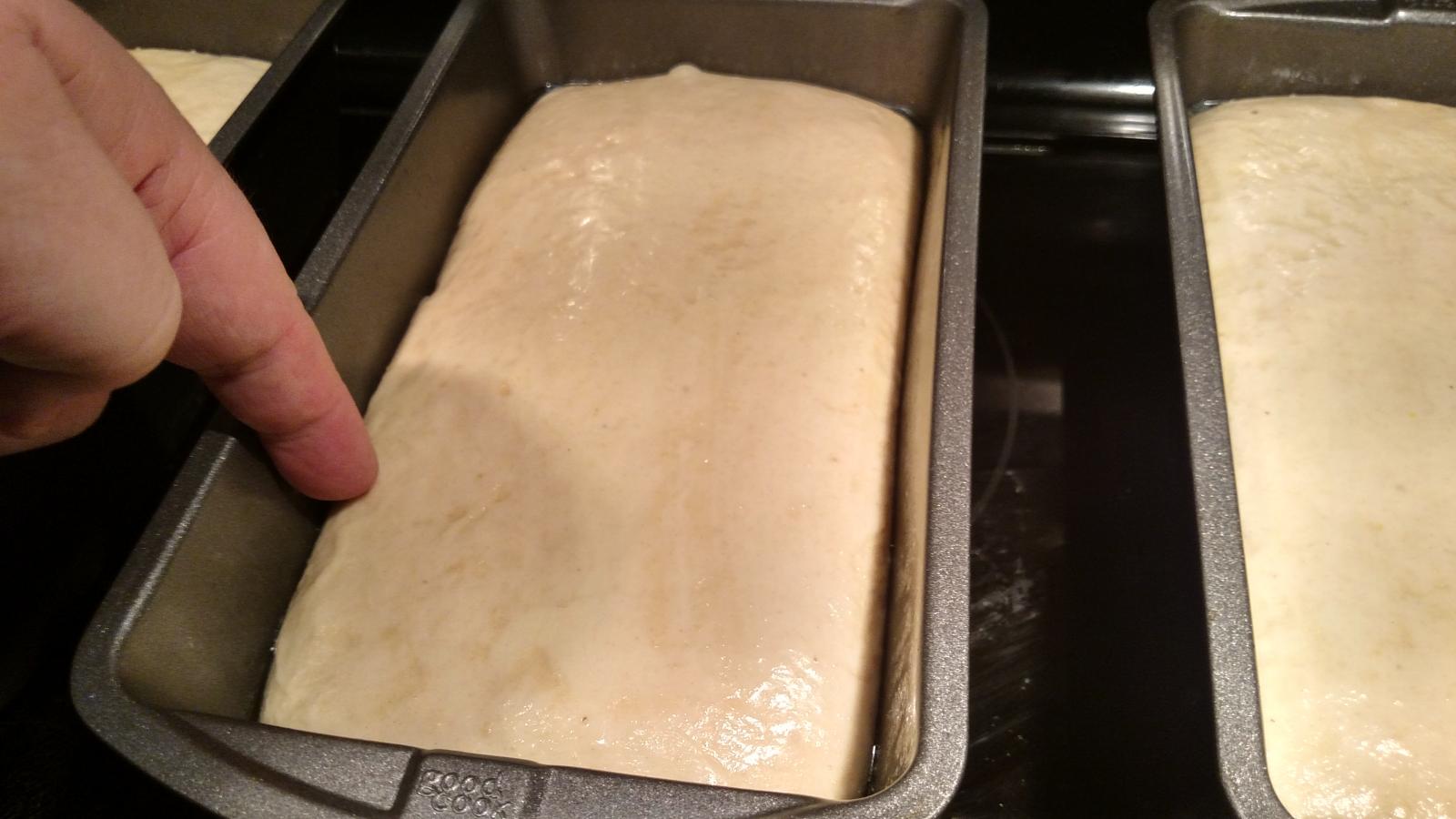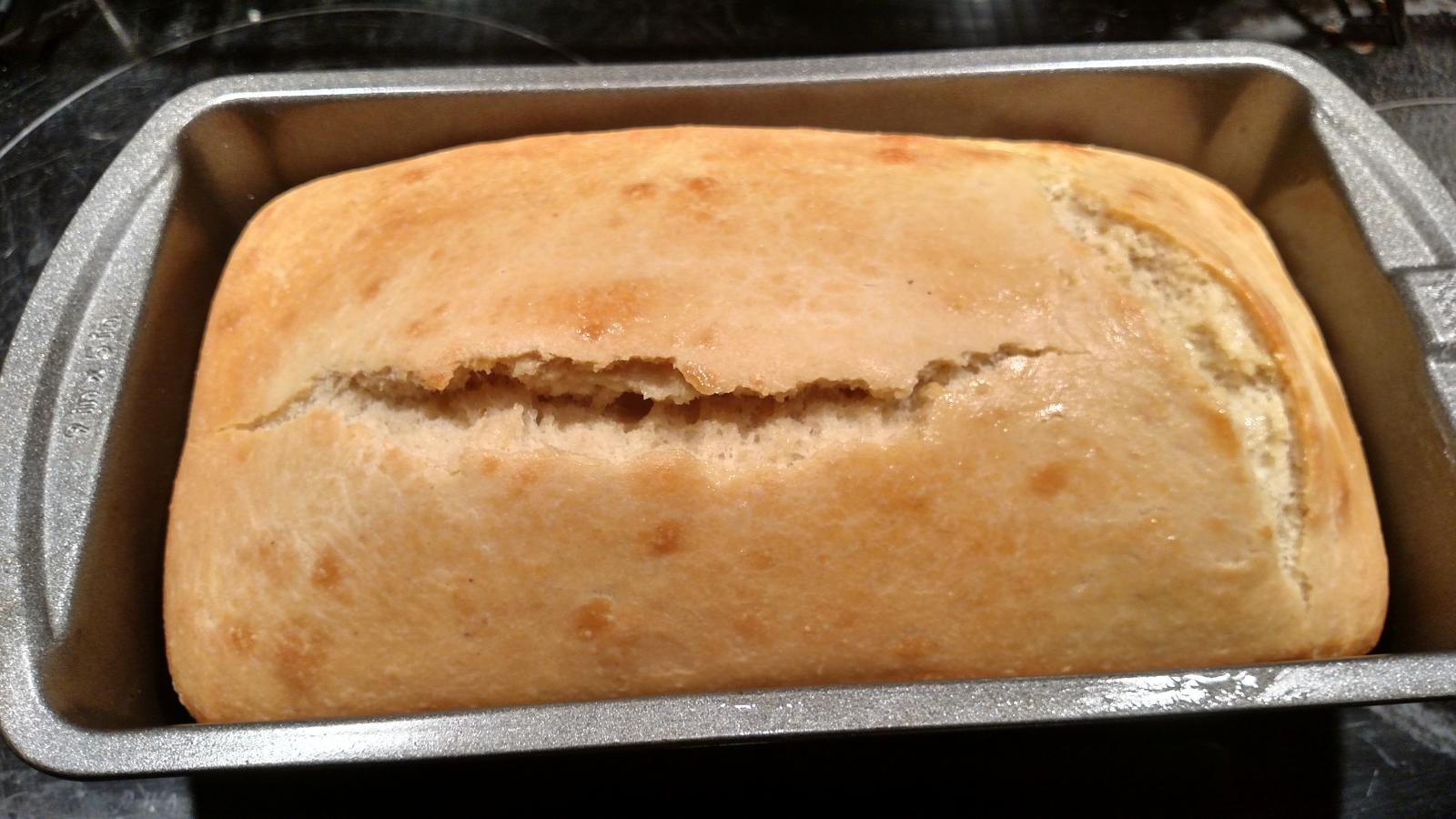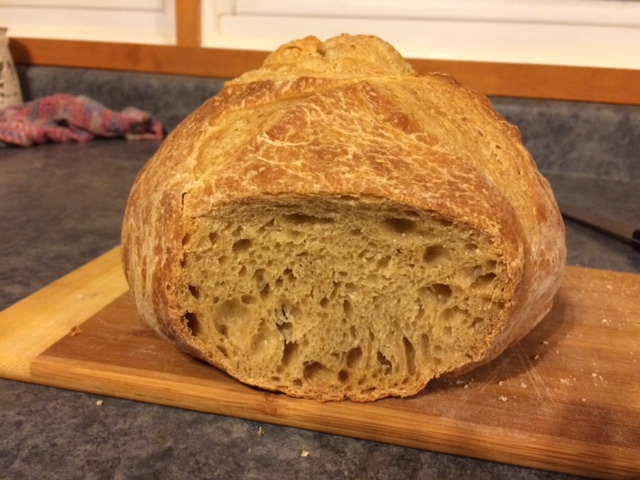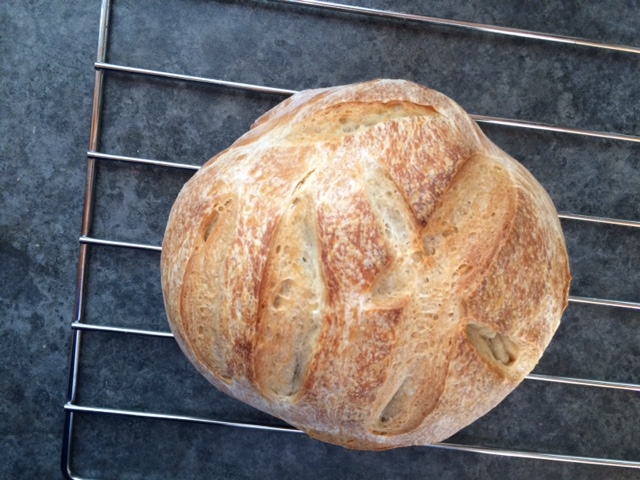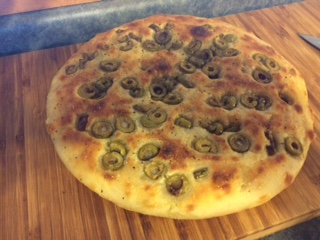mattmmille
Well-Known Member
Quick question from a newb who just stumbled across this thread. I have my view set to max # per page, and for me it shows 29 pages, and 1151 posts, and really would prefer to not have to go back thru the whole lot of them so if someone could answer a couple quick questions I would appreciate it.
I enjoy cooking, and have even done a little baking, and since this is a bread thread in a beer making forum, would I be correct in presuming that people are utilizing their spent grains by making bread out of them? If I delved back into the bowels of this thread, would I find many suggestions as to the hows and whys of the process, from the kettle to the bread pan?
I think it is a great way to reuse and not waste material, and make something yummy in the process. If this is a more 'look what I made' thread, are there any others that stand out in regards to the process? Thanks guys, I love this forum!
I have tried the drying and pulverizing spent grains in a food processor and it was a pain. Using them in recipes, I have generally found the spent grains to be too rough. But I have made several batches of dog treats and they are really loved by the pups.


